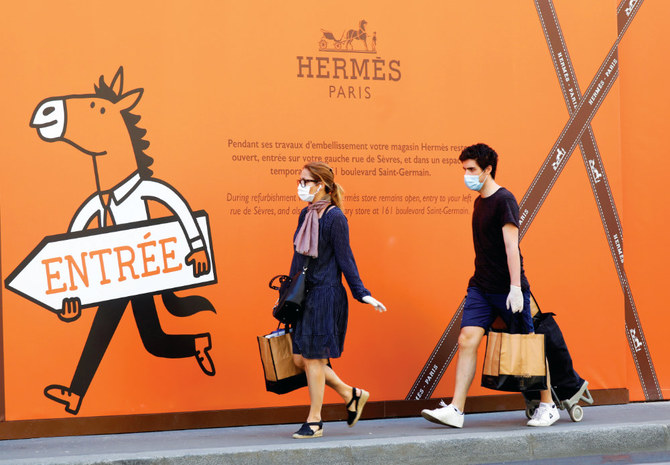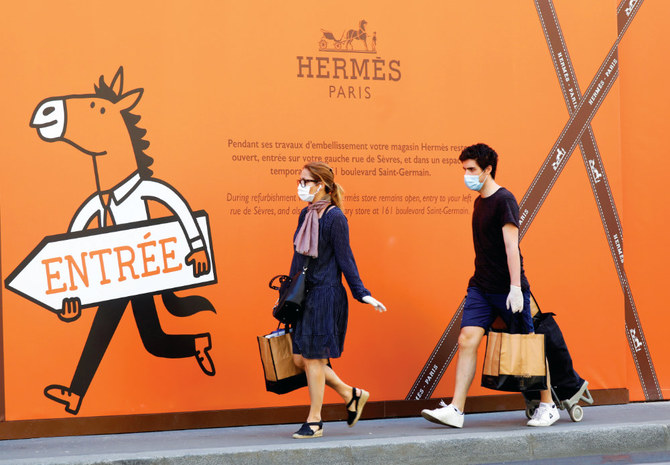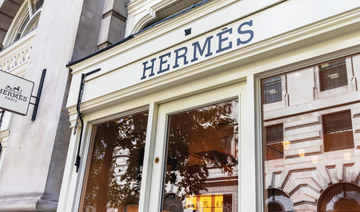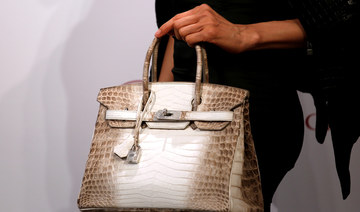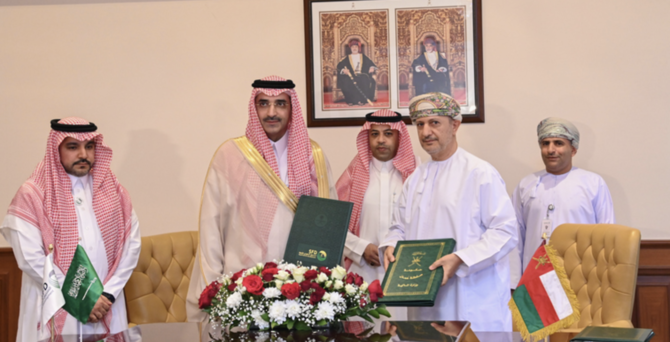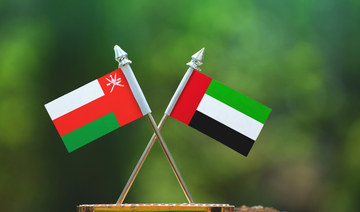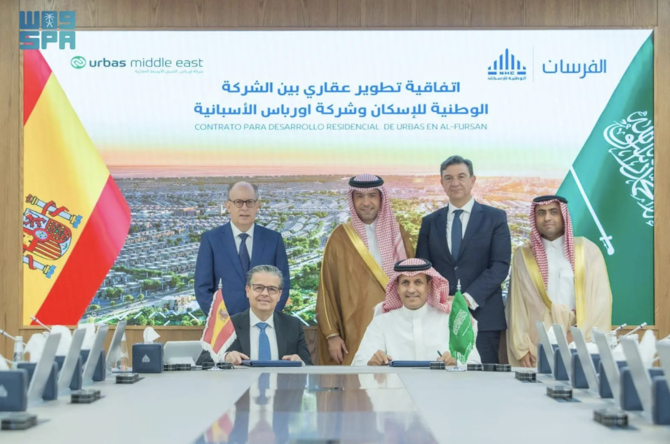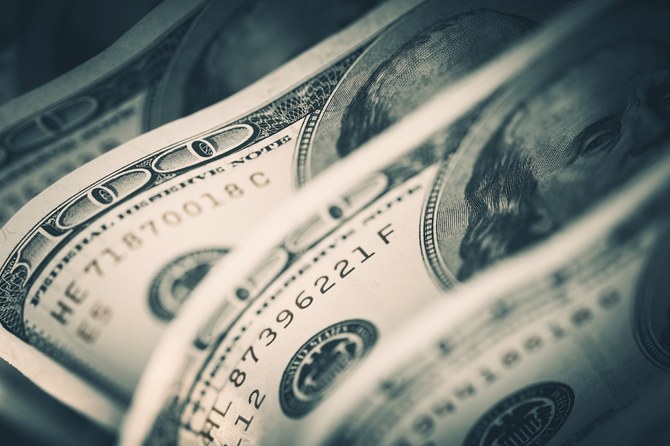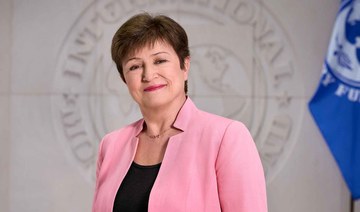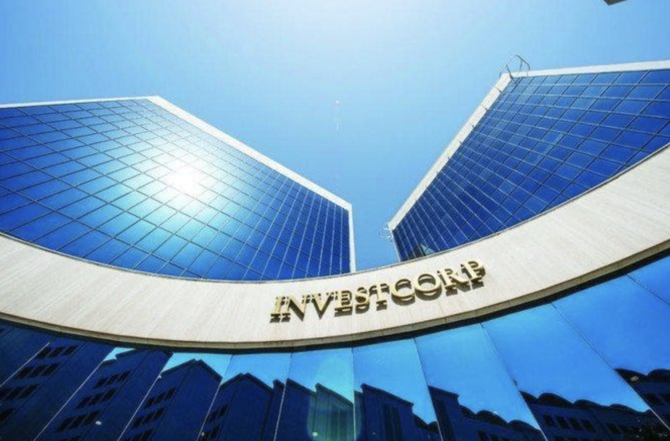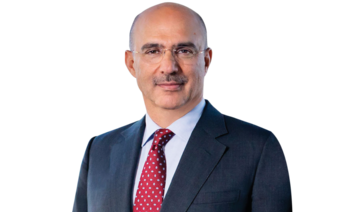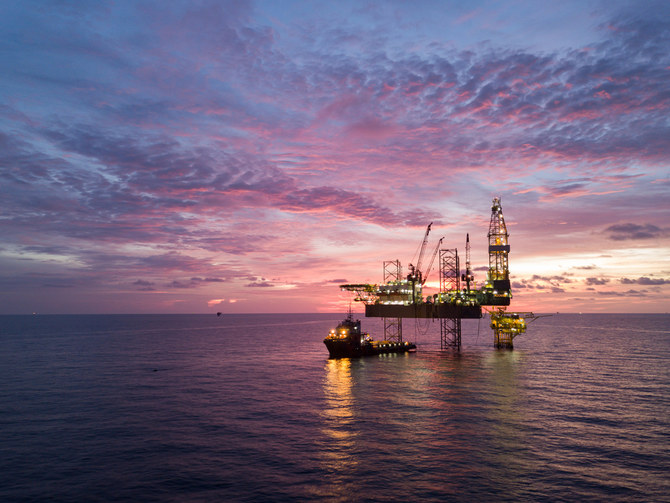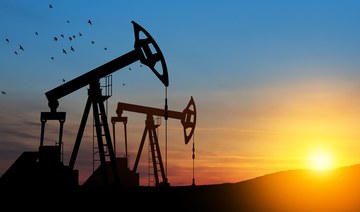PARIS: Hermes’ comparable sales picked up in the third quarter, rising 7 percent, and the Birkin bag maker said this positive momentum had extended into October after a rebound in Asia and other regions as coronavirus restrictions eased.
Luxury goods manufacturers were hit hard by store closures during lockdowns to combat the pandemic and sales for the industry as a whole are expected to fall by up to 35 percent this year — an unprecedented plunge after a decade of stellar growth.
But a gradual re-opening, even as governments bring in fresh measures to fight rising COVID-19 infections, has helped sales to recover. High-end labels, which used to be more reticent to sell their pricey products online, have also seen web revenues surge.
Hermes — known for its $12,000-plus handbags like the Birkin, which often generates waiting lists — already sells a selection of leather goods online, but said it would make a larger push.
“We are going to gradually increase our offer of products online, except for the very iconic products such as Birkin,” finance chief Eric du Halgouet told reporters.
He said the online channel had now become the group’s “biggest store,” with revenues exceeding those of any of its flagship shops. Sales online grew by nearly 100 percent in all regions in the first nine months of the year.
Hermes’ comparable sales, which strip out the impact of foreign exchange rates and acquisitions, came in at €1.8 billion ($2.13 billion) in the three months to end-September — making it the first luxury brand to post rising overall revenues in the third quarter. Sales of leather goods grew 8 percent in the period while fashion sales were also up, echoing buoyant trends at Louis Vuitton owner LVMH.
“We think this performance reflects the strength of the brand, continued polarization between winners and losers and better insulation from a lower than industry average exposure to tourist demand,” said Citi analyst Thomas Chauvet.
Growth in the third quarter was strong in Asia, where lockdown restrictions were eased first, with sales up 25 percent, while revenues fell by 15 percent in Europe — including a 23 percent drop in France — and by 5 percent in the Americas.
Despite the overall rebound, revenue from Hermes silk scarves were down 20.5 percent in the period. The group said that was due to an unfavorable comparison to a year ago and lower travel retail activity.
Du Halgouet said the positive sales trend of the third quarter had continued into October and the group had not yet seen an impact from new restrictions imposed by European governments as contagion numbers rise again sharply.
But Hermes struck a cautious note for the full-year outlook, saying the impact of the COVID-19 epidemic remains “difficult to assess, as the scale, duration and geographic extent of the crisis evolve every day.”
At constant currencies, sales in the first nine months fell 14 percent to €4.29 billion.


